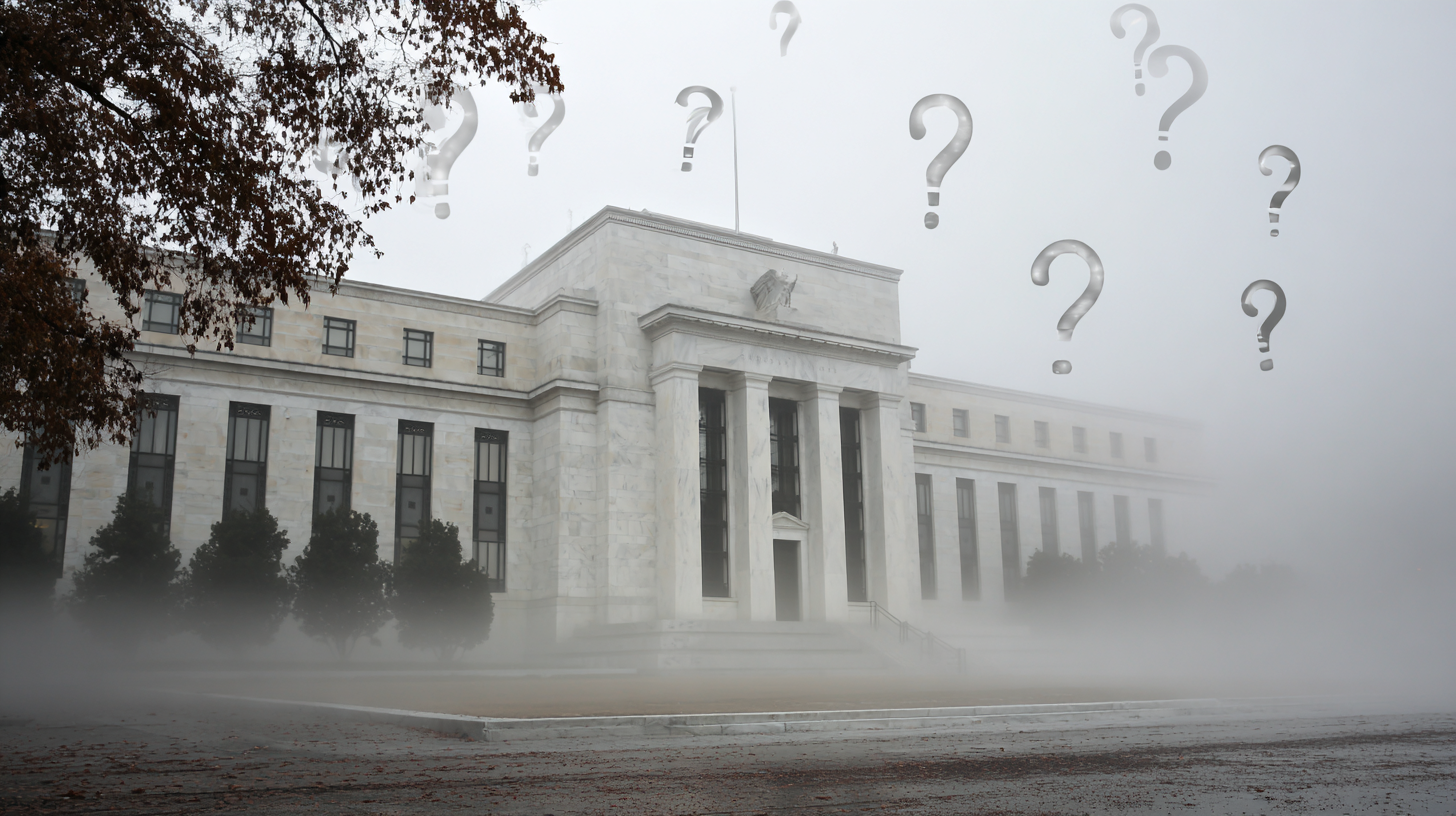The November jobs report offered fresh signs that the U.S. labor market is cooling, but not enough to materially alter the Federal Reserve’s near-term policy outlook. While the data points to slower hiring and a higher unemployment rate, policymakers and economists broadly agree that the figures fall short of triggering an immediate shift toward additional rate cuts.
According to the latest report, the U.S. economy added 64,000 jobs in November, a modest rebound after a net loss of 105,000 jobs in October. At the same time, the unemployment rate rose to 4.6%, its highest level in more than four years. Under normal circumstances, a jump of that magnitude might raise alarms at the Fed. This time, however, the context surrounding the data matters just as much as the headline numbers.
Economists caution that recent employment figures may be distorted by technical and temporary factors, including the lingering effects of the government shutdown that spanned October and part of November. The Labor Department itself flagged higher-than-usual uncertainty in the data, citing lower survey response rates, changes in weighting methodology, and the use of a two-month analysis window instead of a single month. These quirks make it harder to draw firm conclusions about the true underlying trend in the labor market.
A significant portion of the weakness also stems from government employment. Federal payrolls declined sharply as deferred resignations tied to earlier buyout programs finally showed up in official counts. Since peaking earlier in the year, federal employment has fallen by more than a quarter-million jobs. While that has pushed the unemployment rate higher, it does not necessarily reflect broader weakness in private-sector hiring.
At the same time, labor force participation rose in November, suggesting that more people are actively looking for work. That dynamic can temporarily lift the unemployment rate even if the economy is not deteriorating rapidly. In other words, the increase in joblessness may be more about shifting labor supply than collapsing demand.
Federal Reserve Chair Jerome Powell has repeatedly emphasized the need for caution when interpreting recent data. He has noted that both labor and inflation metrics may be distorted, not just volatile, and warned against overreacting to any single report. Some Fed watchers believe monthly payroll growth may be overstated and that underlying job creation could be closer to flat or slightly negative—a scenario consistent with a late-cycle slowdown rather than an outright downturn.
For now, the November report reinforces the Fed’s patient stance. Labor market softness appears real, but there is little evidence that the broader economy has stalled. Inflation trends and upcoming employment data, particularly for December and January, will be critical in determining whether policymakers feel confident enough to resume cutting rates.
In short, November’s jobs data neither forces the Fed’s hand nor closes the door on future easing. It keeps policymakers in wait-and-see mode—alert to downside risks, but not yet convinced that the economy requires immediate additional support.












